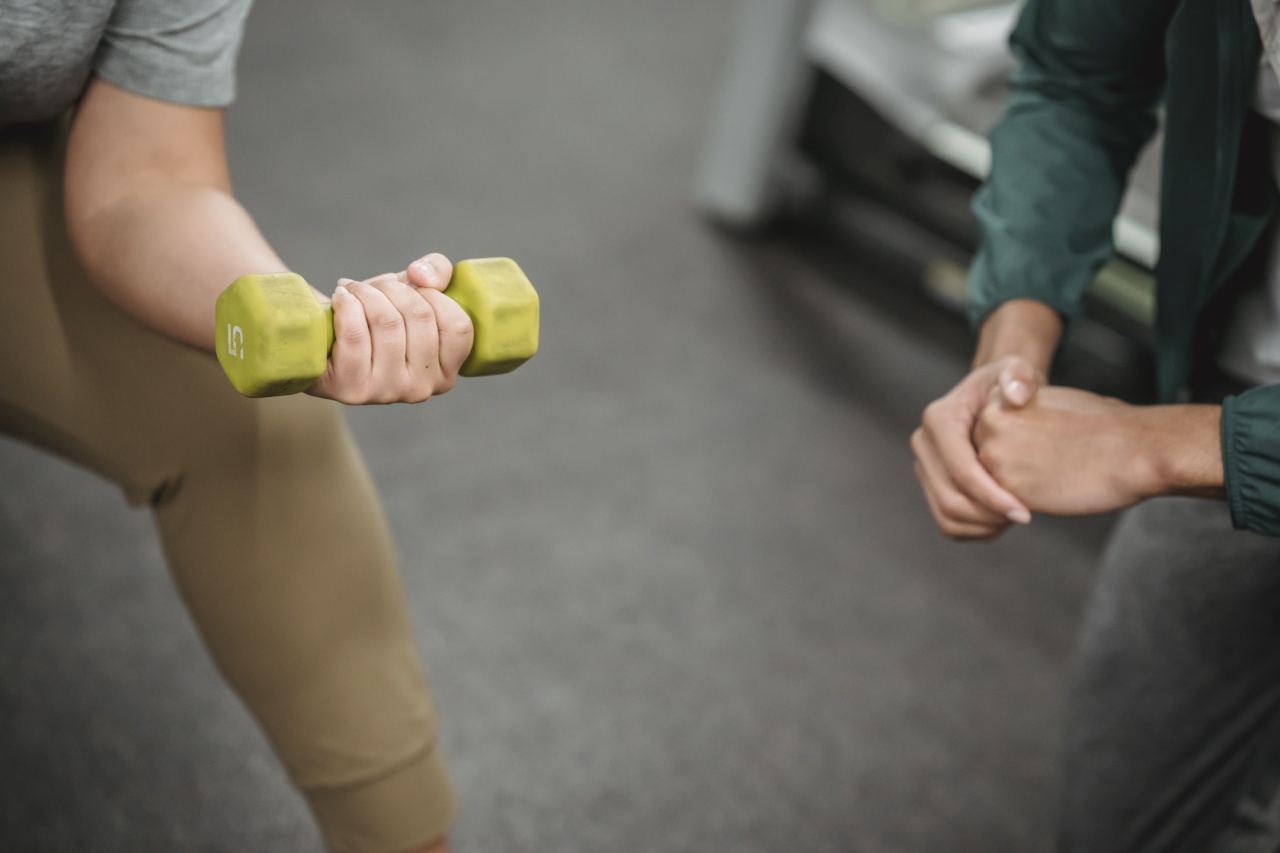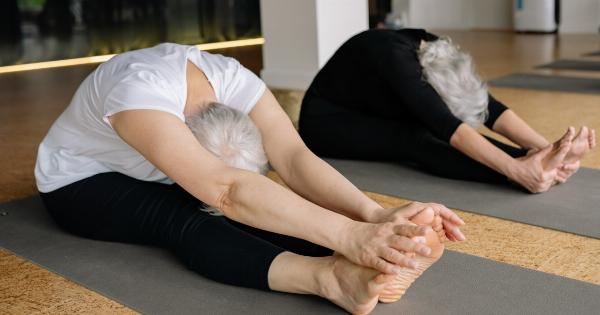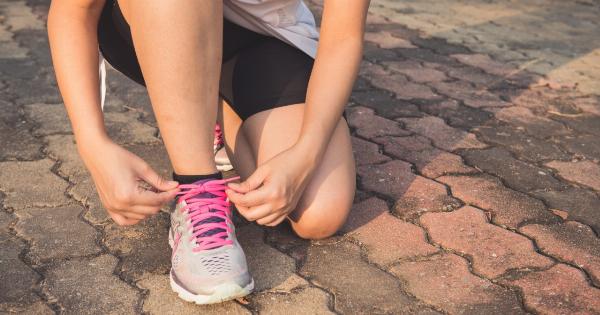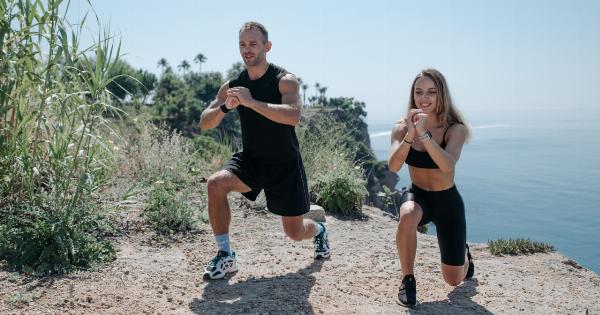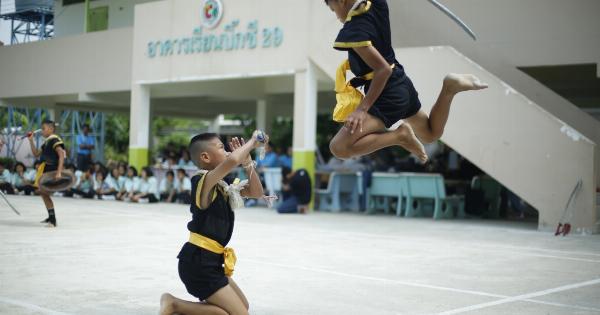Bladder control issues can be embarrassing and may limit your quality of life. Many people experience loss of bladder control, also known as urinary incontinence.
It can be caused by a variety of factors, including weak pelvic muscles, bladder irritants, medications, and nerve damage. The good news is that there are exercises you can do to help improve bladder control.
In this article, we will discuss 30 exercises for better bladder control, broken down into three categories: pelvic floor exercises, lower body exercises, and aerobic exercises.
Pelvic Floor Exercises
Pelvic floor exercises, also known as Kegels, are the most common exercises to help improve bladder control. The pelvic floor muscles support the bladder, uterus, and rectum. Weak pelvic floor muscles can lead to urinary incontinence.
Here are ten exercises to help strengthen pelvic floor muscles:.
1. Kegels
Sit or lie down with your legs slightly apart. Tighten your pelvic muscles as if you are trying to hold in urine. Hold for 5 seconds, then relax for 5 seconds. Repeat 10 times.
2. Quick Kegels
Tighten and relax your pelvic muscles quickly, as if you’re doing a flutter. Do this exercise 10 times in a row, then rest for 10 seconds. Repeat 3 times.
3. Bridge
Lie on your back with your feet hip-width apart and knees bent. Lift your hips up towards the ceiling while squeezing your buttocks and pelvic floor muscles. Hold for 3 seconds, then slowly lower back down. Repeat 10 times.
4. Squat
Stand with your feet hip-width apart, toes pointing forward. Keeping your back straight, squat down as if you are sitting into a chair. Make sure your knees stay over your ankles. Squeeze your pelvic floor muscles as you stand back up. Repeat 10 times.
5. Pelvic Tilt
Lie on your back with your knees bent and feet flat on the floor. Tighten your pelvic floor muscles and tilt your pelvis up towards your chest. Hold for 5 seconds, then release. Repeat 10 times.
6. Lunges
Stand with your feet hip-width apart. Step forward with your left foot, bending your left knee and keeping your right heel lifted. Squeeze your pelvic floor muscles as you step back to standing. Repeat with your right foot. Do 10 lunges on each side.
7. Clamshells
Lie on your side with your knees bent and legs together. Keeping your feet touching, open your knees like a clamshell. Squeeze your pelvic floor muscles as you open, and release as you close. Do 10 clamshells on each side.
8. Dead Bug
Lie on your back with your arms and legs straight up towards the ceiling. Lower your right arm and left leg towards the floor, while keeping your back and other limbs on the floor. Squeeze your pelvic floor muscles as you bring them back up.
Repeat on the other side. Do 10 dead bugs on each side.
9. Plank
Start on your hands and knees. Extend your legs behind you and come into a push-up position. Hold for 10 seconds while squeezing your pelvic floor muscles. Increase time as you build strength.
10. Wall Sit
Stand with your back against a wall and your feet shoulder-width apart. Slide down the wall into a sitting position, keeping your knees bent and your back straight. Hold for 10 seconds while squeezing your pelvic floor muscles.
Increase time as you build strength.
Lower Body Exercises
Lower body exercises can also help improve bladder control by strengthening the muscles that support the bladder. Here are ten exercises to try:.
1. Squats
Stand with your feet hip-width apart, toes pointing forward. Squat down as if you are sitting into a chair, keeping your knees over your ankles. Return to standing and repeat 10 times.
2. Lunges
Stand with your feet hip-width apart. Take a step forward with your left foot, bending your left knee and keeping your right heel lifted. Return to standing and repeat with your right foot. Do 10 lunges on each side.
3. Hip Thrusts
Lie on your back with your knees bent and feet flat on the floor. Squeeze your glutes and lift your hips up towards the ceiling. Lower back down and repeat 10 times.
4. Clamshells
Lie on your side with your knees bent and feet together. Keeping your feet touching, open your knees. Return to starting position and repeat 10 times on each side.
5. Leg Press
Sit in a leg press machine with your feet on the platform. Push the platform up with your feet, then lower back down. Repeat 10 times.
6. Calf Raises
Stand with your feet hip-width apart. Raise up onto the balls of your feet, then lower back down. Repeat 10 times.
7. Reverse Lunges
Stand with your feet hip-width apart. Take a step back with your left foot, bending both knees. Return to standing and repeat with your right foot. Do 10 lunges on each side.
8. Glute Bridge
Lie on your back with your knees bent and feet flat on the floor. Squeeze your glutes and lift your hips up towards the ceiling. Lower back down and repeat 10 times.
9. Leg Extensions
Sit in a leg extension machine with your feet on the padded bar. Extend your legs out in front of you, then lower back down. Repeat 10 times.
10. Step-Ups
Stand with a step or bench in front of you. Step up onto the bench with your left foot, then step back down. Repeat with your right foot. Do 10 step-ups on each side.
Aerobic Exercises
Aerobic exercises, also known as cardio exercises, help improve bladder control by strengthening the entire body and improving circulation. Here are ten aerobic exercises to try:.
1. Walking
Take a brisk walk around your neighborhood or on a treadmill. Aim for 30 minutes a day, five days a week.
2. Running
Start with a light jog and work up to a full run. Aim for 20-30 minutes a day, at least three days a week.
3. Biking
Ride a bike around your neighborhood or on a stationary bike at the gym. Aim for 30 minutes a day, three days a week.
4. Swimming
Swim laps, or join a water aerobics class. Aim for 30 minutes a day, three days a week.
5. Dancing
Join a dance class, or dance in your living room to your favorite music. Aim for 30 minutes a day, three days a week.
6. Elliptical
Use an elliptical machine at the gym, or buy one for your home. Aim for 30 minutes a day, three days a week.
7. Rowing
Row on a machine at the gym, or on a real boat if you have access. Aim for 20-30 minutes a day, three days a week.
8. Hiking
Take a hike in your local park or nature reserve. Aim for 30 minutes a day, three days a week.
9. Jumping Jacks
Do jumping jacks in your living room, or add them to your aerobic routine. Aim for 100 jumping jacks a day, at least five days a week.
10. Jump Rope
Jump rope in your backyard or at the gym. Aim for 10 minutes a day, three days a week.
Conclusion
There are many exercises you can do to help improve bladder control. Pelvic floor exercises, lower body exercises, and aerobic exercises can all help strengthen your muscles and improve your quality of life.
Start with a few exercises and gradually increase the time and intensity as you build strength. Always talk to your doctor before starting any exercise program, especially if you have a medical condition or are recovering from surgery.
